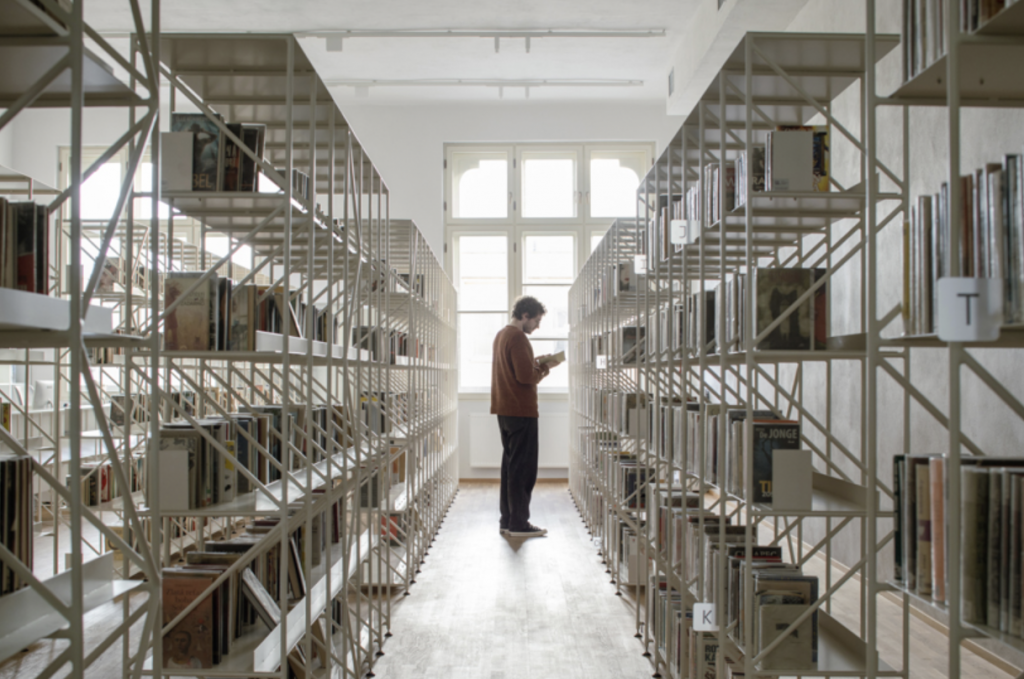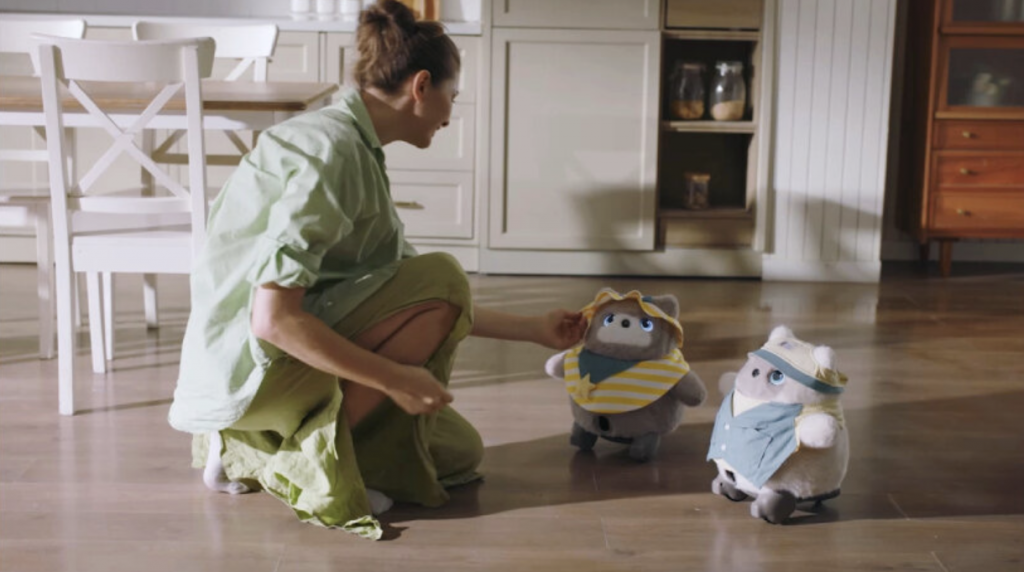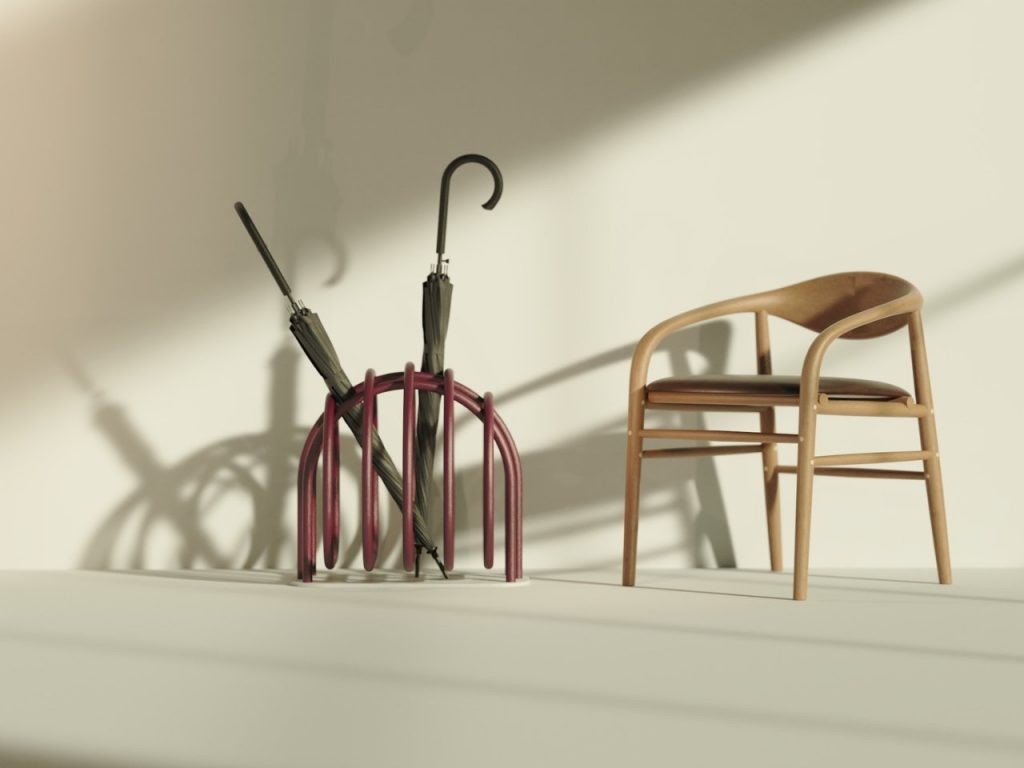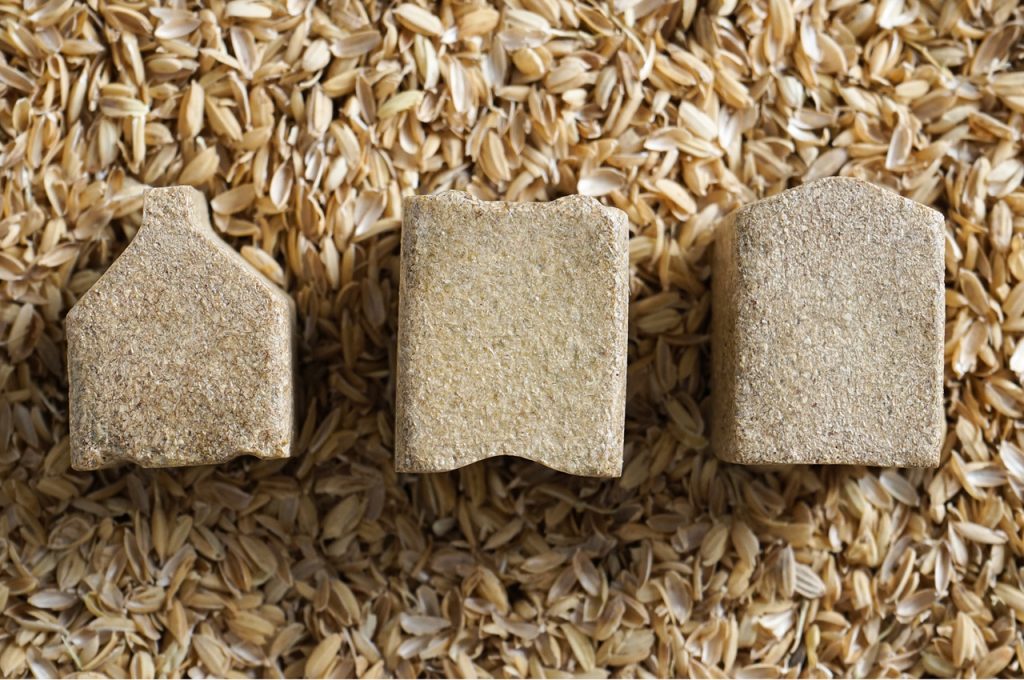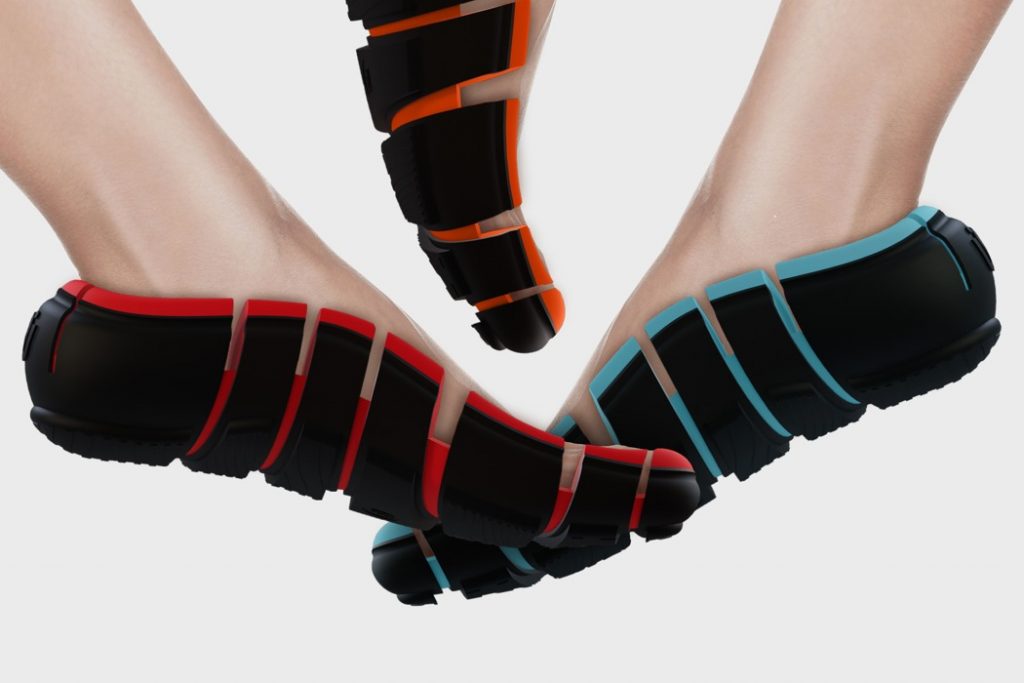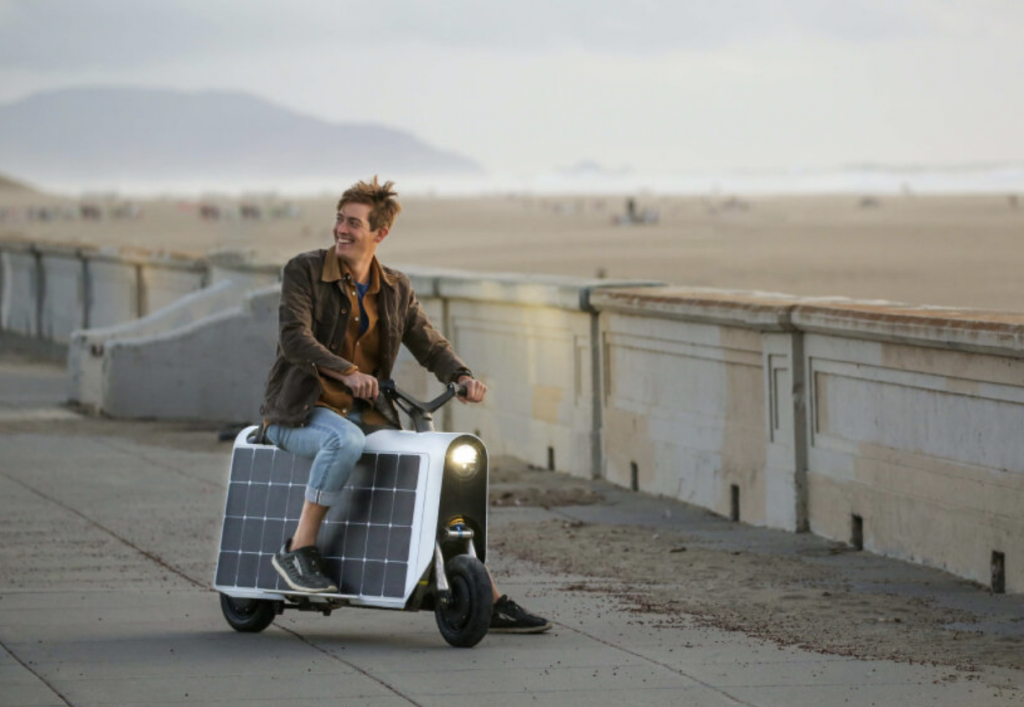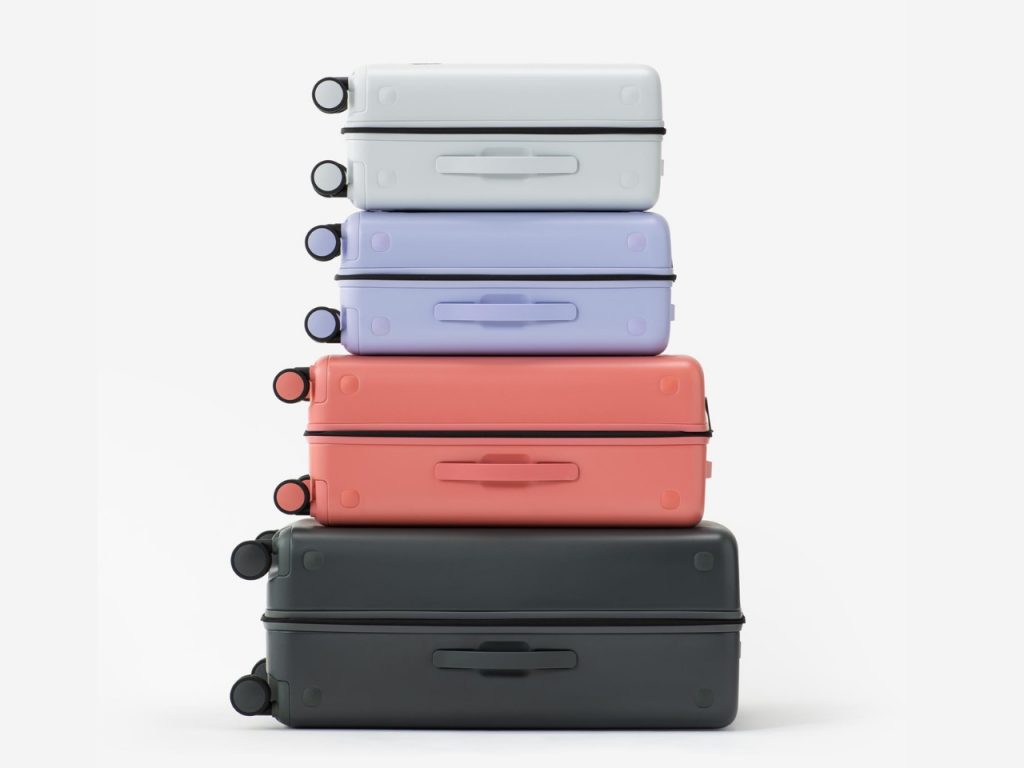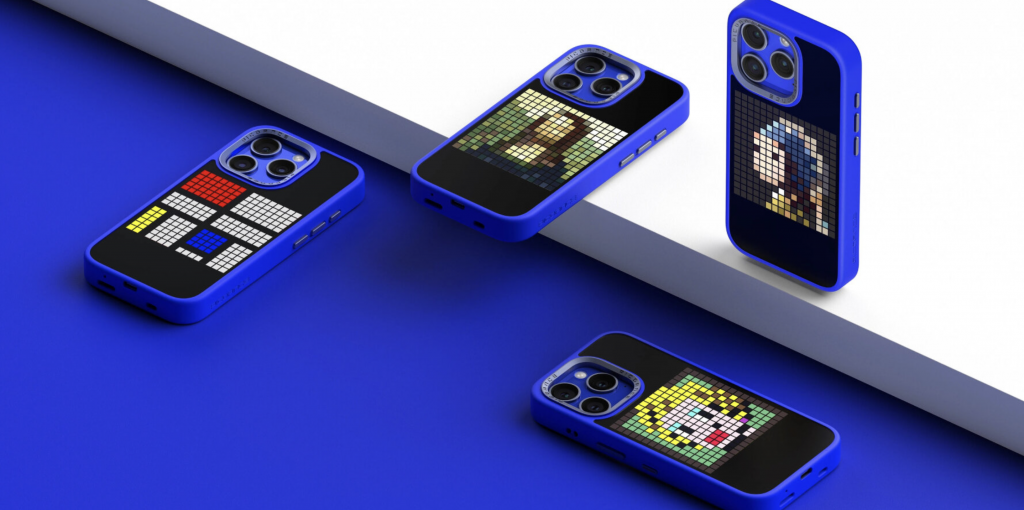Libraries have always been more than buildings filled with books. They are places where stories gather, ideas cross paths, and communities grow page by page. As contemporary cities evolve, so do their libraries, expanding their mission from storing knowledge to shaping culture and civic life. Modern architects demonstrate how the contemporary library is evolving across continents.
